8C1 Global Studies
Section outline
-
Kia ora...Students and welcome to Global Studies. My name is Mrs Singh and I will be your Global Studies teacher for this year.Our Context for this term is Our place. For today, we will be connecting with each other, by expressing our Mihimihi.
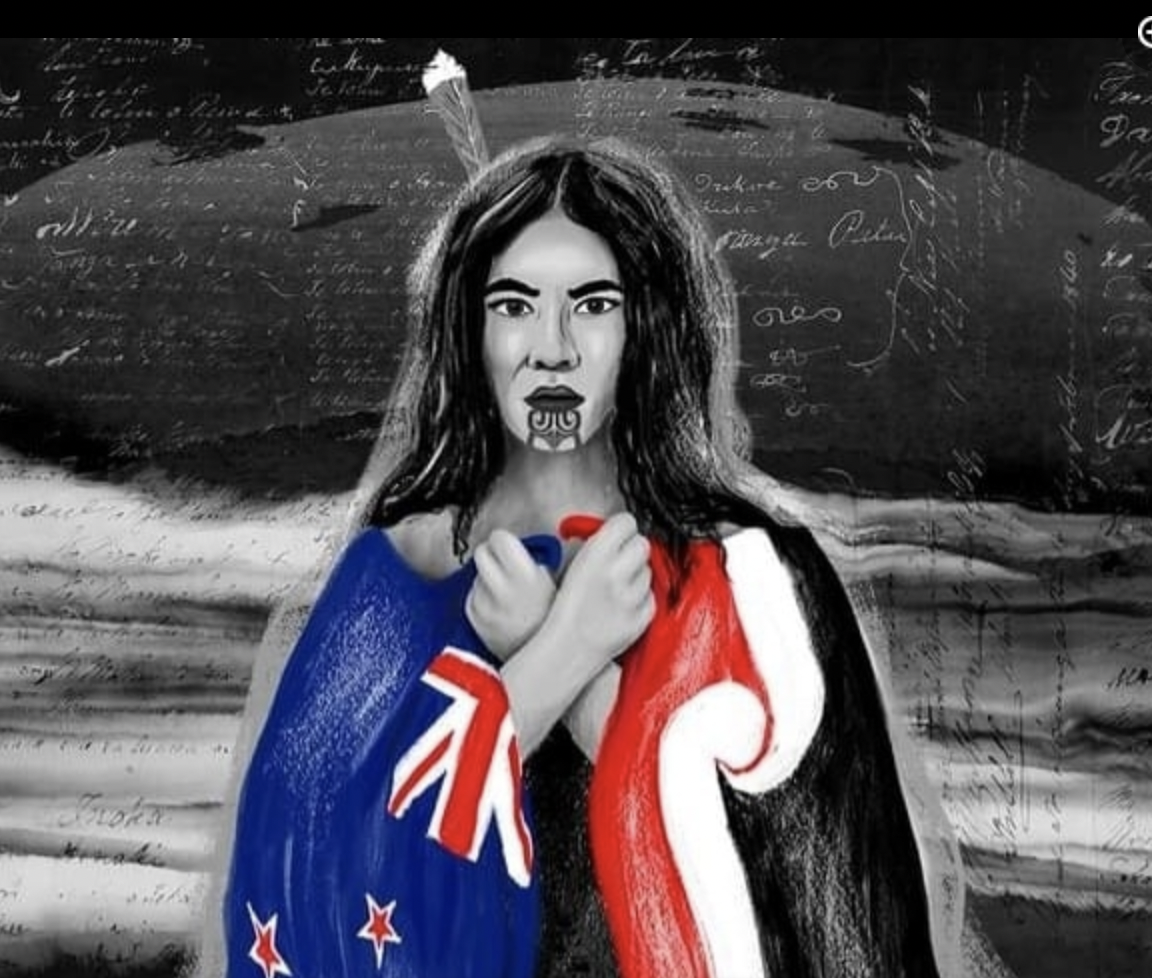
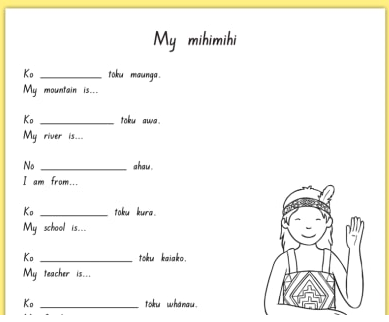
This is to help build relations and help us connect better with each other.
Success Criteria: I can/have...
Understood our learning context by making links to ourselves/ friends and community
Understood my immigration story and mihimihi by creating a visual that describes me
Activities:
1) Let us brains storm our learning context and come up with ideas that link with us and our community eg: We are all in this together as it is our first day at school? Discus our excitement/ fears/ expectations and values we share!
2) Write down what are you most important values and skills.Let us also examine the meaning of key words like respect/ religion/ culture/ traditions/ heritage/ immigration/ changes and adaptation
3)Reflect on your immigration story .Did you or you parents immigrate from another country? Why did you leave? What re the various values and practices of of culture you were exposed too from your birth country or parents birth country? Is it different or similar to the values of living in New Zealand.
4) Think of all the values you consider as an import part of who you are are that has been shown and taught to you by your family, community and school. Using the information draw a plan of the different symbols, images, colours, flags, that make up your unique identity.
5) Think of a way you would like to showcase your cultural identity . For an example, design a digital papehe/ from your culture tat show your cultural side vs your Kiwiana side. Or perhaps it is integration of both your culture and new adopted Kiwi culture embodied as one. May be you only share one side of a culture than the other.
4) This can be created in various ways e.g.: The face mask or a bandana. However, I will allow your to express your cultural identity using any model or visual you like.
5) Once you have completed this, share your pepeha with the class.
6) See images on the white board n cultural expressions: e.g.: flags, music instruments, cultural food, important traditional clothing, religious symbols, clots, phrases, dance form, values: respect, compassion, care, support and understanding.
Resources:
Mihi - introductions, Māori ki Te Whare Wānanga o Ōtākou ...
Homework:
Write here...EXPLORE / TŪHURA learning intentions:
- We are EXPLORING...my immigration story, understanding who we are and where we came from
- We are EXPLORING...early arrival of Mari people into New Zealand and their cultural practices
- We are EXPLORING...British explorers( Missionaries and Whalers) and the effects of colonisation( ie wars in NZ).
- Also exploring the Treaty of Waitaingi
-
Kia ora...students. This week we will recap and connect with the early history of New Zealand. We will explore early immigration from the various Maori Tribes, before colonisation had began. We will also critically research the impact of colonisation in New Zealand.
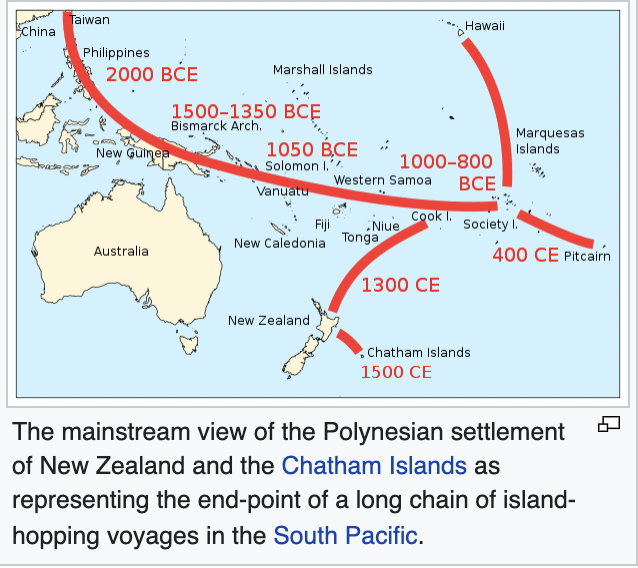

Big Idea: Connections
Success Criteria: I can/have...
- Researched the cultural identity of Maori and British cultures from the past to the present
- creatively design our project boards
- understand the arrival of the first settlers in NZ, ie Maori cultures and the different tribes
- understand the role of Captain cook in his discovery of New Zealand
- examine the cultural traditions of the early Maori settlers.
- examine British and Maori conflict and the signing of the Waitangi peace treaty,
- determine how early cultures were affected due to colonial influence.
- produce a digital infographic on the above information
Activities:
- Watch video on Early Maori cultures in NZ and answer the following questions: When did early Maori people arrive in NZ and from which locations in the world.How did they arrive here. Describe the waka.
- Discuss the types of tribes found at that time and where did they settle. Discuss the foods Maori eat and how they collected as well as prepared traditional foods. Show the traditional cultural dress/ music/ art and dance that is symbolic to them. What are the languages spoken. Show maps and immigration routes in tour understanding of this question.
- Discuss the role of James cook as an early explorer. Also examine other British/ Colonial influences during the 1800S.
- Examine the conflict between British and Maori people.Look at cases like the Taranaki War and the impacts this had onto Maori Tribes
- Also explain with images, the significance and meaning of the treaty of Waitaingi.
- Do you think Maori cultures identity today is the same from few hundred years ago. Explain. Also show how the "west has influenced local Maori Identity.
- Create a digital infographic to show case your findings.
Resources:
The Maori - New Zealand in History
history-nz.org/maori.htmlEarly settlement - The arrival of Maori - NewZealand.com
Maori Foods & Recipes | Resources | New Zealand Now
https://www.newzealandnow.govt.nz/resources/maori-foods-and-recipesMāori clothing and adornment – kākahu Māori – Te Ara Encyclopedia ...
www.teara.govt.nz/en/maori-clothing-and-adornment-kakahu-maoriEXPLORE / TŪHURA learning intentions:
- We are EXPLORING...my immigration story, understanding who we are and where we came from
- We are EXPLORING...early arrival of Mari people into New Zealand and their cultural practices
- We are EXPLORING...British explorers( Missionaries and Whalers) and the effects of colonisation( ie wars in NZ).
- Also exploring the Treaty of Waitaingi
-
Kia ora...students. This week we will complete our research on connect with the early history of New Zealand. We will explore early immigration from the various Maori Tribes, before colonisation had began. We will also critically research the impact of colonisation in New Zealand.
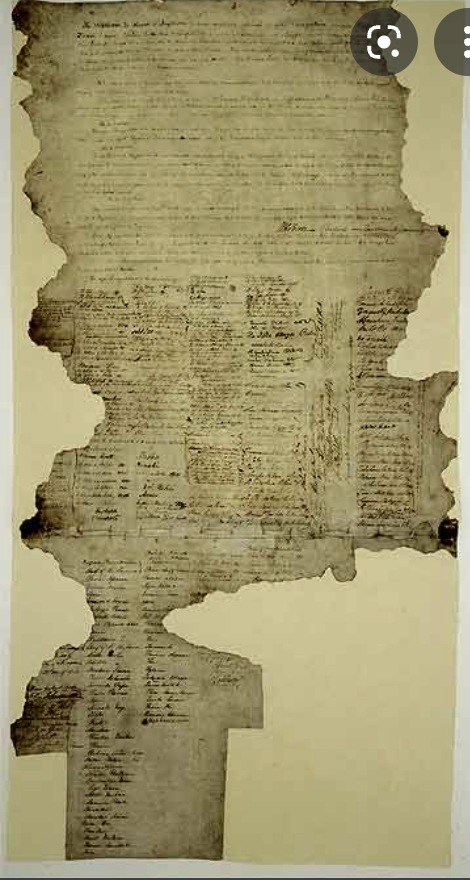
Big Idea: Connections
Success Criteria: I can/have...
- Researched the cultural identity of Maori and British cultures from the past to the present
- creatively design our project boards
- understand the arrival of the first settlers in NZ, ie Maori cultures and the different tribes
- understand the role of Captain cook in his discovery of New Zealand
- examine the cultural traditions of the early Maori settlers.
- examine British and Maori conflict and the signing of the Waitangi peace treaty,
- determine how early cultures were affected due to colonial influence.
- present a digital infographic on the above information
Activities:
- Watch video on Early Maori cultures in NZ and answer the following questions: When did early Maori people arrive in NZ and from which locations in the world.How did they arrive here. Describe the waka.
- Discuss the types of tribes found at that time and where did they settle. Discuss the foods Maori eat and how they collected as well as prepared traditional foods. Show the traditional cultural dress/ music/ art and dance that is symbolic to them. What are the languages spoken. Show maps and immigration routes in tour understanding of this question.
- Discuss the role of James cook as an early explorer. Also examine other British/ Colonial influences during the 1800S.
- Examine the conflict between British and Maori people.Look at cases like the Taranaki War and the impacts this had onto Maori Tribes
- Also explain with images, the significance and meaning of the treaty of Waitaingi.
- Do you think Maori cultures identity today is the same from few hundred years ago. Explain. Also show how the "west has influenced local Maori Identity.
- Present your digital infographic to show case your findings.
Resources:
The Maori - New Zealand in History
history-nz.org/maori.htmlEarly settlement - The arrival of Maori - NewZealand.com
Maori Foods & Recipes | Resources | New Zealand Now
https://www.newzealandnow.govt.nz/resources/maori-foods-and-recipesMāori clothing and adornment – kākahu Māori – Te Ara Encyclopedia ...
www.teara.govt.nz/en/maori-clothing-and-adornment-kakahu-maoriFOCUS / ARONGA learning intentions:
- We are FOCUSING on developing our understanding on the History of Flatbush and sourronding communities eg Maratei, Eats Tamaki, Howick and Whitford.
- We are FOCUSING...on how landscapes have changed from traditional cultural land ownership, to British controlled activities to a diverse immigrant profile of today.
- We are FOCUSING...explaining and describing the effects these had on people/ enviroment and the economy.
-
Kia ora...students. An exciting week ahead of us as we will explore and discover information about the history of Flatbush and surrounding areas. We will unpack a time time from the Maori immigrants, discussing which tribes they belongs too, and where in this Eastern region did they settle.Also, formulating an understanding of what legacy did they leave behind. Should be remember this and pass on to the next generation? Express the importance here
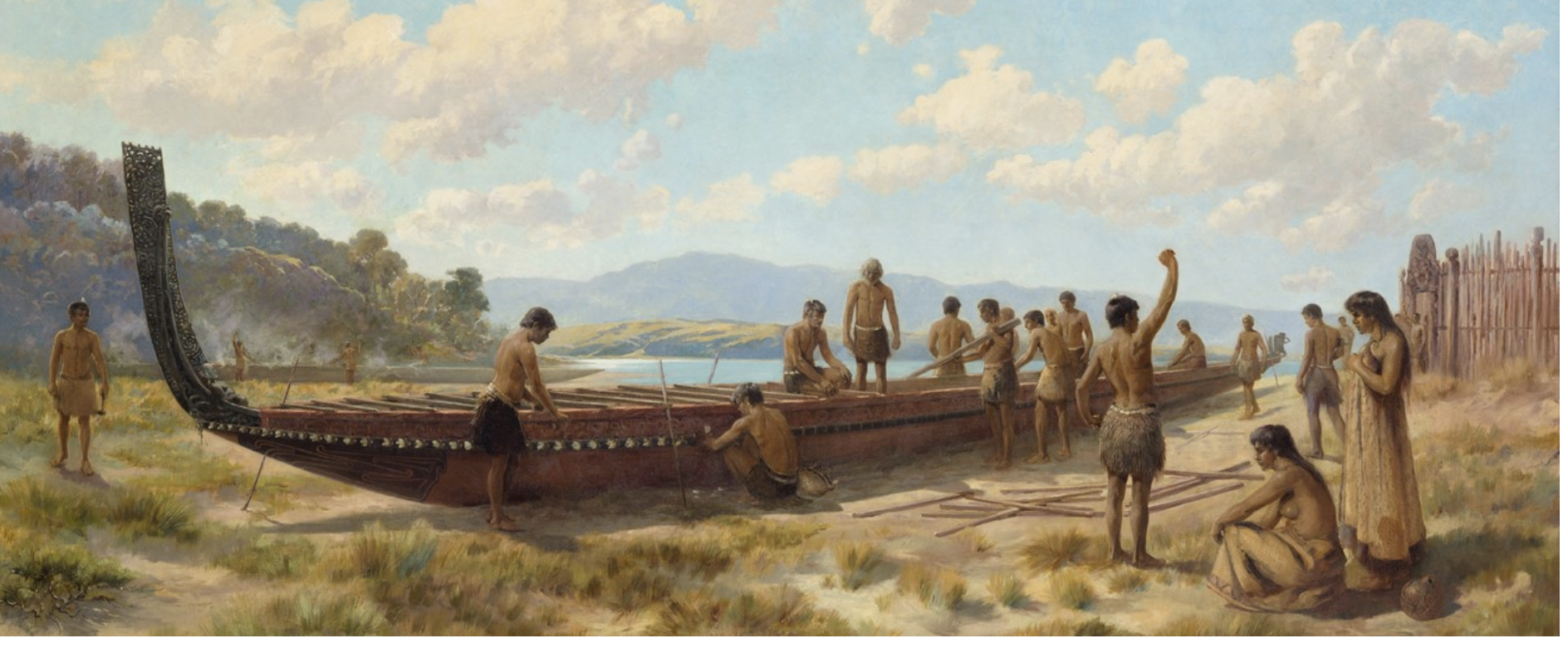
Success Criteria: I can/have...
- We will examine the work by Grey Folly whom has documented the history of early Maori in Howick, East Tamaki, Whitford, Beachlands and Maratai.
Activities:
- Research a map of New Zealand, Auckland and in particular Eastern Auckland that showcases where Flatbush is located. Look for surrounding areas that include Howick, Beachlands and Maratai. Fimilarise yourself with your local community by also looking for pictures that represent these locations.
- By using the book by Grey Folly read page 21 and write a short summary on the Pre European occupation sites. Also read pages 22-24 to have an understanding of Cockle Bay and the early tribes.
- Read page 40 that gives a brief history of early Flatbush. How do you think Flatbush as changed since the early settlers arrived in the 1800's in this location. Consider the activities that took place during this time. Find historical images of Flatbush that may include schools, farms roads and churches. Look at Wikipedia Flatbush and seek images to assist you with your thoughts and discussions.
- You will be in table teams whereby each team will be given a location to read up on. these include Whitford page 174, Beachlands, page page 188 and Maratei page 192.Another team can research education page 211 and finally table 5 looking at Transportation page 234. Your task is to read and write a summary of these ideas, that include your views about life of Mari living here during this time. How were they treated, what were their roles in the community, and your views.
- Presentations via slideshow next week.
Resources:
Grey's Folly: A History of Howick....FOCUS / ARONGA learning intentions:
- We are FOCUSING on developing our understanding on the History of Flatbush and sourronding communities eg Maratei, Eats Tamaki, Howick and Whitford.
- We are FOCUSING...on how landscapes have changed from traditional cultural land ownership, to British controlled activities to a diverse immigrant profile of today.
- We are FOCUSING...explaining and describing the effects these had on people/ enviroment and the economy.
-
Kia ora...students. For this week we will research Maori legends that link with the our place. New Zealand i surround by the ocean and therefore we will explore ideas around the ocean. The ocean has great cultural significance too may cultures from around the world. We will explore several myths from Maori cultures as well as establish similarities these may have with others cultures abroad.
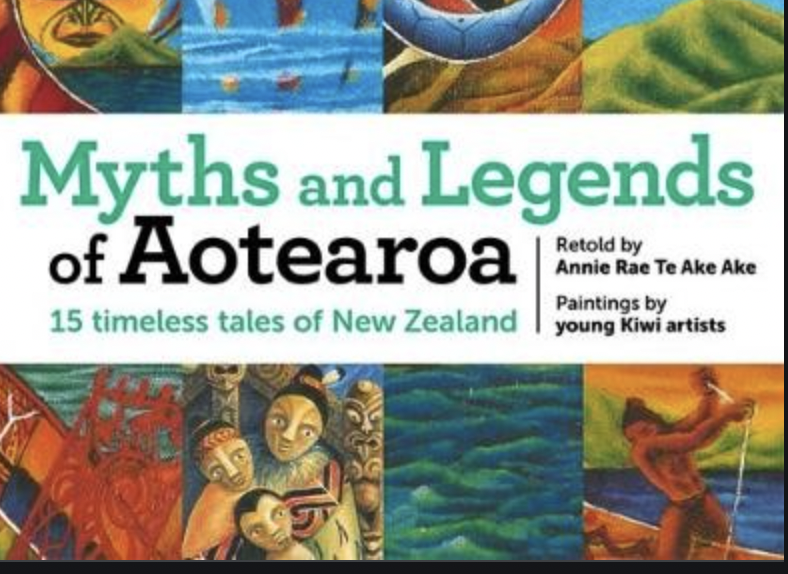
Success Criteria: I can/have...
- Listened to the teachers explanation on one Maori legend: The story of Maui and the ocean.
- Researched and understood at least two other Maori legends that connect with the ocean.
- I have designed a creative a story board on one mythology
- I have connected how my values I share with my family/ friends and school may link with the myhology I have chosen.
Activities:
- Discussions on the story of Maui:In Māori mythology, as in other Polynesian traditions, Māui is a culture hero and a trickster, famous for his exploits and cleverness. Māui is credited with catching a giant fish using a fishhook taken from his grandmother's jaw-bone; the giant fish would become the North Island of New Zealand, known as Te Ika-a-Māui.
Māui (Māori mythology) - Wikipedia. Class discussion on links to coastlines and our values.
Māui and the giant fish / Māori Myths, Legends and ...
- Watch the video and invite class discussions.Why is mythology important as a cultural treasure? May 28, 2008 - Uploaded by thomaslebasBased on the Maori legend of how Maui caught the Great Fish that is the North Island of New Zealand ...
- By working in pairs you will research two other myths from Maori cultures that link wit the ocean. Select one mythology you wish to create a story board on.
- Discussions on how to create a story board.
- You must also connect how your values/ as well as collective team spirt relates or may connect with your chosen mythology.
Homework:/ Reources:
Tangaroa - Wikipedia
The Legend of New Zealand | New Zealand
Maori Legends - New Zealand in History
-
Kia ora...students. For this week we will continue research Maori legends that link with the ocean.The ocean has great cultural significance too may cultures from around the world. We will explore several myths from Maori cultures as well as establish similarities these may have with others cultures abroad.

Success Criteria: I can/have...
- Listened to the teachers explanation on one Maori legend: The story of Maui and the ocean.
- Researched and understood at least two other Maori legends that connect with the ocean.
- created a word bank on new terminology linked to Maori cultures/ myths and legends
- I have designed a creative a story board on one mythology
- I have connected how my values I share with my family/ friends and school may link with the mythology I have chosen.
Activities:
- Improving our vocabulary on concepts that link with Maori Myths and legends.Eg: Waka/ Maui/ Kea native parrot/totora evergreen tree/iwi tribe/
- Read the Maori myth and legends on Cape Reinga: Refer to these resouvress fo support your understanding:
- The Cape Reinga-Spirits Bay region of the Far North has great significance for ... from people like you to create these stories—in print, digital or both.
- Discussions Research the story on TANGAROA-THE SEA..
- Further reading:
Māui and the giant fish / Māori Myths, Legends and ...
- Watch the video and invite class discussions.Why is mythology important as a cultural treasure? May 28, 2008 - Uploaded by thomas.Based on the Maori legend of how Maui caught the Great Fish that is the North Island of New Zealand ...
- By working in pairs you will research two other myths from Maori cultures that link wit the ocean. Select one mythology you wish to create a story board on.EXAMPLES INCLUDE: Kupe and the Giant Weke/ The fish of MAUI/ The legend of how Pua got its shell.
- Discussions on how to create a story board.See video:
Search Results
Jul 12, 2019 - Uploaded by StudioBinderYou've got a big shoot coming up. You want to visualize the scenes you plan to shoot with a storyboard, but ... - You must also connect how your values/ as well as collective team spirt relates or may connect with your chosen mythology.
Homework:/ Reources:
Tangaroa - Wikipedia
The Legend of New Zealand | New Zealand
Maori Legends - New Zealand in History
PLAN & DO / WHAKAMAHI learning intentions:
- We are PLANNING... on creating a story board that highlights a story on Maori Myths and legends that are connected to an important resource eg Mountains / or the ocean. With this we will also think of a myth or legend in our own cultures that have significant meaning to a place or resource.
- We are planning on showcasing
PLAN & DO / WHAKAMAHI learning intentions:
- We are PLANNING... on creating a story board that highlights a story on Maori Myths and legends that are connected to an important resource eg Mountains / or the ocean. With this we will also think of a myth or legend in our own cultures that have significant meaning to a place or resource.
- We are planning on showcasing / presenting your storyboard to the class.
-
Kia ora...students. For this week, you will edit your story board based on your Maori.Myth and Legends.design and each team will present their ideas to the class. You are graded on your research skills, creativity and design as well as time management. However, I will be looking out for good team work skills and discussions.
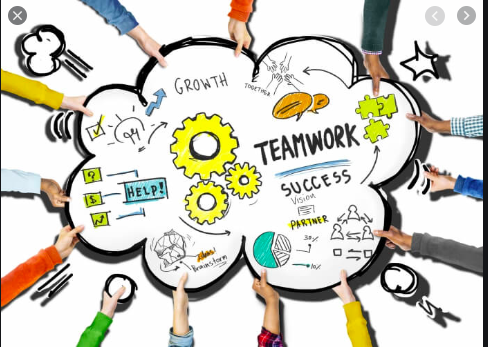
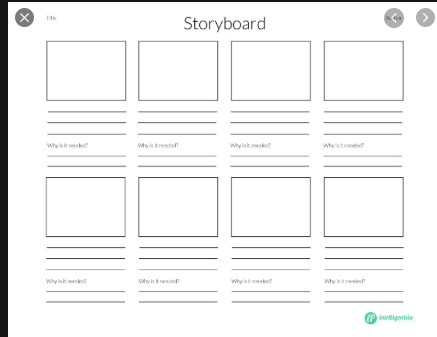
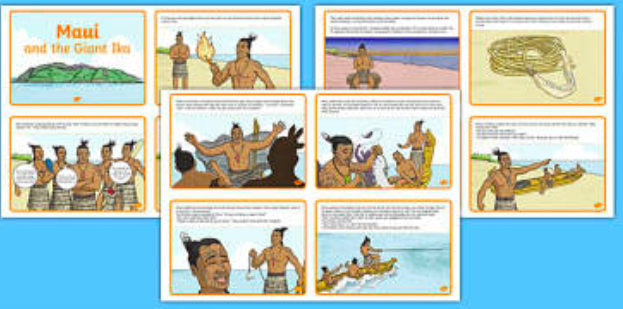
Success Criteria: I can/have...
- I have successfully worked part of a team to create a story board on a Maori Myth or Legend
- I have designed my own mythological creature or feature and connected this idea to the values we share.
Activities:
- Final editing and design of storyboard of a Maori myth or legend.
- Team work discussions on the story and special attention to the design of your own mythological creature or feature.
- Show how your mythological creature/ feature connects with the values you share, living in New Zealand.
- Submission to teacher for grading.
- Feedback given to each team based on research skills, creativity and design as well as the values used and connected, to your ideas.
Homework:
Write here... -
Kia ora...students. For this week you will focus on the various cultural practices traditions of Maori People. Each table group will have an idea to research, discuss and present to the class.
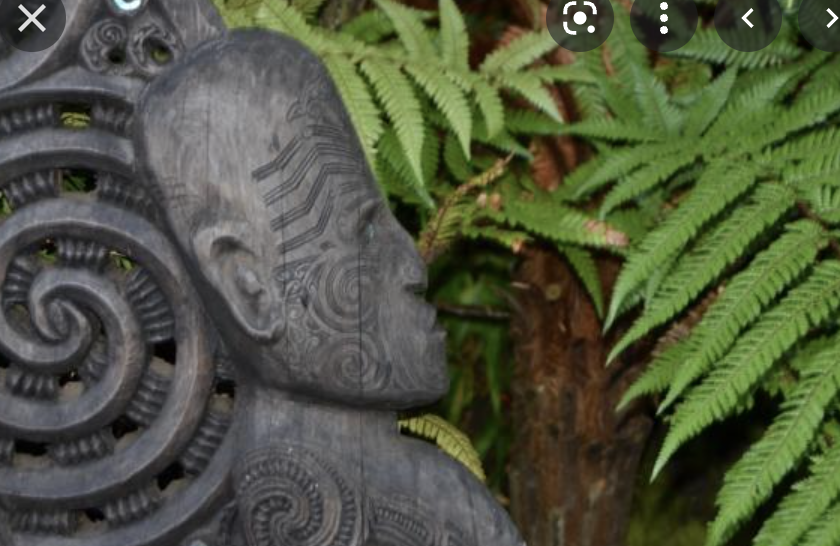
Success Criteria: I can/have...
- Worked well in a team to conduct research and to produce a visual on one aspect of Maori cultural and traditions
- I have used a variation of resources to research, trying to remain authentic with what has been discovered.
- I have followed the template provided to support my research and discussions.
Activities:
- See video on Maori cultural practices and traditions. Discussions on early Maori in New Zealand and how these practices and mostly maintained/ carried out as they did 1000's of years ago.
Traditional Māori food gathering | Te Papa
www.tepapa.govt.nz › read-watch-play › maori › traditio...Before the arrival of metal tools and the gun, Māori used natural resources to make tools for hunting, fishing ...Te Papa · Museum of New Zealand Te Papa Tongarewa · 24/06/2010 - Each table is a group that will choose one idea to research on. These Include: Maori traditions held in a Marae/ Traditional weapons/ Traditional food and cooking/ Traditional plants and medicine/ Hunting/ Traditional Clothing-linked to different ceremonies.
- Your research should include: A Title/ Introduction/ Key words/ maps/ Use and functions/ How is it made/ when is it used/ significance attached/ Is it still used today/ What does it look like with labels/ Connections made to others cultures/ Your views on preservation of this tradition/ Conclusion/ Resources used.
- Presentations in class as a team.
Homework:
Write here... -
Kia ora...students. For this week you will complete your research on on the various cultural practices traditions of Maori People. Each table group will have an idea to present to the class.

Success Criteria: I can/have...
- Worked well in a team to conduct research and to produce a visual on one aspect of Maori cultural and traditions
- I have used a variation of resources to research, trying to remain authentic with what has been discovered.
- I have followed the template provided to support my research and discussions.
Activities:
- See video on Maori cultural practices and traditions. Discussions on early Maori in New Zealand and how these practices and mostly maintained/ carried out as they did 1000's of years ago.
Traditional Māori food gathering | Te Papa
www.tepapa.govt.nz › read-watch-play › maori › traditio...Before the arrival of metal tools and the gun, Māori used natural resources to make tools for hunting, fishing ...Te Papa · Museum of New Zealand Te Papa Tongarewa · 24/06/2010 - Each table is a group that will choose one idea to research on. These Include: Maori traditions held in a Marae/ Traditional weapons/ Traditional food and cooking/ Traditional plants and medicine/ Hunting/ Traditional Clothing-linked to different ceremonies.
- Your research should include: A Title/ Introduction/ Key words/ maps/ Use and functions/ How is it made/ when is it used/ significance attached/ Is it still used today/ What does it look like with labels/ Connections made to others cultures/ Your views on preservation of this tradition/ Conclusion/ Resources used.
- Presentations in class as a team.
Homework:
Write here... -
Reflection of term one's work using the Positive/ Challenges and changes table.
Introduction into term 2 Context and ideas brainstormed through mindmap.

REFLECT / WHAIWHAKAARO learning intentions:
- We are REFLECTING...on assessing the materials we have used to conduct research, in terms of quality and authenicity.
- We are reflecting on any gaps we may have in our learning, especially with the research process.
-
Kia ora...students and welcome to week 1. We will explore ideas that link with sustainability in NZ. To do this we must first discover the problems that contribute to NZ environmental destruction, including oceans and coastlines.

Achievement Objectives: Enter AO's here
Big Idea: Sustainability
Learning Intentions: We are learning to (WALT
- Explore various activities that contribute to the fishing industry in New Zealand.
- Research the cultural/social/economic/environmental and political impacts of the fishing industry in NZ
- Understand where our fish comes from and what are the main sources of fish we rely on
- Research if people comply to laws and regulations in the fishing industry
- Made comparisons to any country in the oceania.
Success Criteria: I can/have...
- Understood concepts and definitions that relate to the fishing industry in New Zealand
- Researched that fishing is both a commercial and tourism industry
- Examined in detail the social/ cultural/ economic/ environmental and political impacts of the fishing industry in NZ
- understood where our main sources of fish come from and how it is fished
- Examined whether people comply to laws and regulations in NZ
- Drawn comparisons to one country in the Oceania.
Activities: Write using an infographic: images with detailed information.
- Brainstorm of Context Sustainability.: Why is this a Global Issue. Links to NZ.
- An understanding of UN Sustainable goals and this can be achiEved in NZ: WE MUST FIRST RESEARCH A FEW CASE STUDIES THIS TYERM TO COME TO THIS UNDERSTANDING.
- See images/ maps and video on fishing in new Zealand. Analyse each visual presented in class.
- Define what is meant by the fishing industry. Explain why fishing is important in New Zealand.
- By using maps and images show where in NZ commercial fishing is occurs. Examine what fish are are sources and the procedure( boats/trawls/ tankers/ nets/rods for fishing. Are people complying to laws and regulations / Discuss.
- Also show examples of ecotourism, where people fish for leisure/ s[ports and as family food provisions. Discuss how these fish are sources/ location and whether people follow laws and regulations as well.
- Research using examples the social/ cultural/economic/ environmental and political impacts of the fishing industry in NZ. Make good comparisons to the Oceania.
- Express your views if you think people do not comply with New Zealand's fishing laws and regulations. Also identify, if possible if some fish are endangered or overfished.
- Compare your information to any country located in the oceania eg. Tonga or Fiji.
- Additional work if completed 1-5: Research if fish is a cultural symbol or significance to any one culture in Oceania. Explain which country/ culture/ fish and why with images.
Resources:
Fishing industry in New Zealand - Wikipedia
Homework:
Write here...EXPLORE / TŪHURA learning intentions:
- We are EXPLORING...by questioning what is sustainability with links to global issues and New Zealand.
- We are EXPLORING by investigating the causes of environmental issues that link with oceans/ coastlines and fresh water systems like rivers.
- We are EXPLORING...by recognising that more effort is required from a Top down approach ie government and world leaders to local communities to take action
-
Kia ora...students.For this week our key focus is to examine the many impacts tourism brings to a host country, especially along coastlines. Here, both benefits and challenges will be examined.Whist we will look at the economic and social impacts, our key focus will be the impacts onto the environment.

Big Idea: Sustainability
Learning Intentions: We are learning to (WALT)...
- examine both the economic the social cultural impacts tourism has onto both hosts and visitors
- examine the environmental impacts tourism may bring where mass vs alternative is assessed
- determine the impacts that may be both beneficial or a challenge as a result of tourism
- link all these impacts precisely to our tourism destinations.
Success Criteria: I can/have...
- examined in detail the economic/ social/ cultural and environmental impacts tourism brings onto the host country
- determine how mass tourism has an effect as opposed to alternative responsible tourism
Activities:
- Provide a map of NZ thats shows important Tourism destinations. Indicate landmarks and resources that attract tourist here.
- Define what is tourism and why is this important.
- List the many jobs that link or are found in the tourism industry:
- Find a graph that show how NZ has benefited from the tourism industry in term of employment and money entering the country. What are your thoughts here.
- View images on graphs on the white board that show how NZ has benefited from the tourism industry in term of employment and money entering the country. What are your thoughts here.
- Examine the image on how westerners exploit local cultures through disrespect of local values. Provide your views on this image.
- Watch a short video on the environmental destruction tourists bring to some countries. Provide your views here. Research the destruction along beaches and coastlines. What impacts will be onto marine life and bird life as well.
- Research in detail one coastline in NZ that has experienced the environmental impacts, tourists bring. eg The Hauraki gulf, overfishing and poaching. Use images, posters and newspaper articles as evidence to support your arguments.FOLLOW TEMPLATE PROVIDED IN CLASS. : Introduction/ location with maps, News paper article, data, impacts and consequences, my views and conclusion.
- Your information should indicate both positive and negative impacts, whilst focusing primarily on the environmental consequences
- Examine how does mass tourism contribute to harm and think of alternative ways to reduce this, eg through Responsible tourism.
- Present your research and ideas in class.
Homework:
Write here...by A McCrone2001Cited by 21 — Visitor impacts are defined as: Сimpacts on the natural conservation values of the coastal environment and marine protected areas arising from the presence and ...
68 pagesby M PattersonCited by 58 — Lifecycle assessment of the environmental impacts of New Zealand tourism ... Swimming from an ocean beach does not require productive activity to transform ...
143 pagesT1/06/2018 — 11) of visitors to vulnerable areas, and the impacts of wildlife disturbance, trampling, erosion, pollution, toilet waste, and irresponsible ...
182 pagesPositive & Negative Effects of Tourism | USA Today
Negative Impacts of Tourism - The Responsible Traveler Guide
EXPLORE / TŪHURA learning intentions:
- We are EXPLORING...by questioning what is sustainability with links to global issues and New Zealand.
- We are EXPLORING by investigating the causes of environmental issues that link with oceans/ coastlines and fresh water systems like rivers.
- We are EXPLORING...by recognising that more effort is required from a Top down approach ie government and world leaders to local communities to take action
-
Kia ora...students and welcome to week 3. For this week we will explore what is oil drilling and how this impacts onto marine life, coastal belts of NZ. We will also draw comparisons to cases from around the world. Economic impacts will also be examined.
Achievement Objectives: Events have cause and effect.
Big Idea: Environmental Sustainability
Learning Intentions: We are learning to (WALT)...
- to explore the definition of oil drilling
- locate areas whereby extraction occurs
- determine the positive impacts like economic rewards it may bring
- determine the challenges? environmental problems attached to oil drilling
Success Criteria: I can/have...
- Understood the definition, map-work of location in NZ, impacts and solutions around oil drilling in New Zealand.
Activities:
- Define, thorough research what is oil drilling. Watch video on white board. 2) See the map of oil drilling in New Zealand. Identify the locations? cities and coastal regions here. Research the geographical identity of these areas( landscape/ marine life/ climate/ important heritage or cultural sites), etc
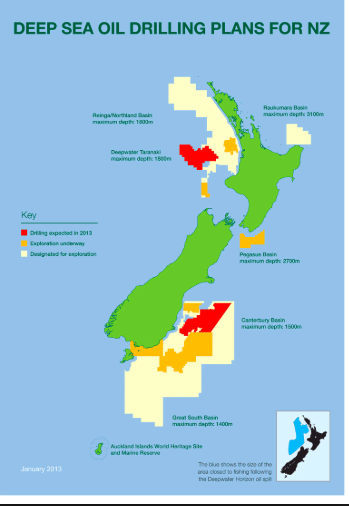
3) Read the aritcile below and explore the economic impacts oil drilling may bring to New Zealand:
Oil Drilling Benefits | Sciencing
by D Kreutzer - Cited by 2 - Related article4\4)Watch the video on the environmental harm of oil drilling:23K views12 years agoA Link TV special: The new feature-length documentary Crude Impact directed by James Wood examines how deeply our current ... 5) Explore the dangers of oil drilling to our natural environment.Draw a table with the challenges/ images and your views indicated.Read this article for support:7 ways oil and gas drilling is bad for the environment | The Wilderness ...
6) Do you think this should be legalised in new Zealand. Explain your answer.Which companies are responsible for oil exploration in NZ7) Examine the map below and express/ evaluate your views on this: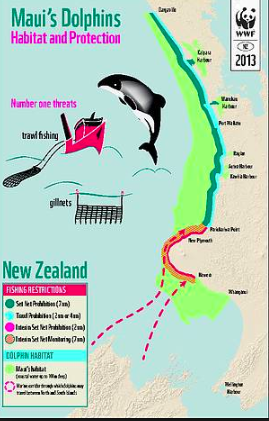 8) Provide alternatives and solutions to oil drilling: Read the following articles for support:Homework:8.2K views6 years ago
8) Provide alternatives and solutions to oil drilling: Read the following articles for support:Homework:8.2K views6 years agoOffshore oil drilling is of major concern to New Zealand because of the alarming environmental and economic risks that face our ...
Write here... -
Good Morning...students. For this week you will explore ideas on Electronic waste that impacts on the environment both in New Zealand and abroad.

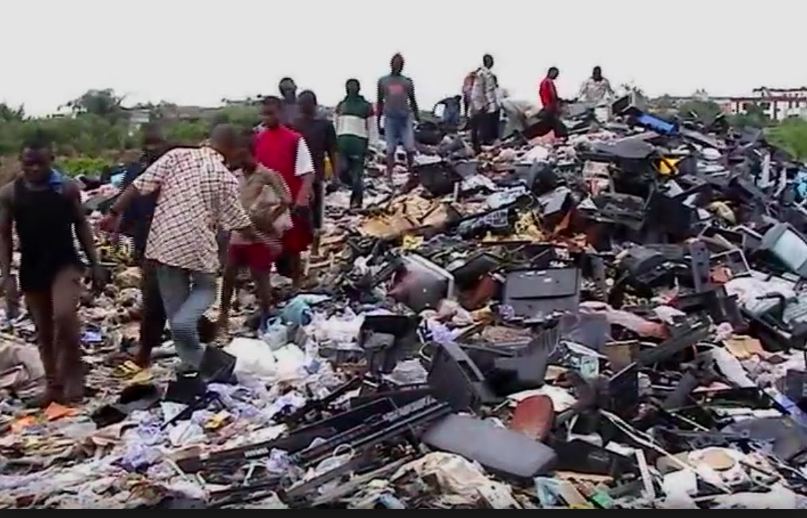
Learning Intentions: We are learning to (WALT)...
- understand meaning to environment and sustainability
- researched and understood Yeld's 9 principles to sustainability
- working in teams to define e waste, and its implications onto the environment both in NZ and overseas
Success Criteria: I can/have...
* understood important concepts and Principles that with environment and sustainability
conducted team research on E- waste/ global and local impacts/ consequences and policy"s on this problem
Activities:1) Define the words environment and sustainability.
2) Create a mind a map of all issues that effect our environment that therefore calls for the need for a more sustainable world
3) Understanding sustainability in depth through Yeld's nine principles. Examine each of these principles and apply to examples globally
4) By choosing an idea from the mind map list: work in groups on the following
Examples list: E Waste/ Waste
First class discussion on what is e-waste and how this is a problem globally. Brainstorm ides on impacts onto the environment
5) examine how electronic devices are disposed off into the environment. Examine what are the environmental consequences as a result of this disposal.
6. Choose one location globally and discuss the reason / impacts of this for this problem onto people, economy and the environment
7)Why is there a need for sustainable practices for this issue.
8) Research New Zealand policy/ plan or practice around e-waste.
9) Through a diagram, show the life cycle of electronics
10) What advice would you give to reduce e-waste onto the environment.
11) Choose one article that shows the effect on E waste in New Zealand. Summarise this article.
Resources:
Mind Map, articles on Yeld's 9 principles/ images on e-waste/graphs on disposal in USA of e/waste/ images on impacts and NZ
Homework:
Write here... (please clearly identify the due date of the homework)What is Electronic Waste (e-waste)? - Definition from Techopedia
https://www.techopedia.com/definition/2108/electronic-waste-e-wasteFOCUS / ARONGA learning intentions:
- We are FOCUSING...on identifying and discussing the various human activities that contribute to environmental problems with the ocean and coastlines
- We are FOCUSING...on explaining how/ when/why these problems occur and describe the impact it has onto both living and non living resources( ocean life included)
- We are FOCUSING...deducing who is responsible for the environmental and clarfying what measures are currently taken
-
Kia ora...This week we will examine how coast lines are changing due to the influence of the Pacific Garbage Drift.
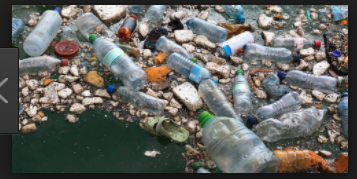
Achievement Objectives: Understand that events have causes and effects.Understand how formal and informal groups make decisions that impact on communities.
Big Idea: Sustainability
Learning Intentions: We are learning to (WALT)...
- determine what is the Pacific age Drift and its history of origination
- Analyse the journey of plastic from factory to oceans:
- Examine what is consumer responsibility
- Examine the impacts of plastic pollution in the ocean
- Find possible solutions to reduce this problem.
Success Criteria: I can/have...
- Understood the cause and impacts of Pacific Pacific drift on oceans and coastlines.
Activities:
- Define what is Pacific Plastic Drift also known as the garbage patch of the pacific ocean. Research your answer.
- Provide a map to determine the location and size of the garbage patch.
- See images on white board of what this plastic drift looks like. How do you feel about this issue,
- Research when was the plastic drift first discovered and whom is responsible for this global pollution activity.
- Show a graph that highlights this problem . Discuss what the graph means.
- What impacts do you think plastic pollution creates to marine life/ oceans/air and coastlines. Discuss with images
- See picture of Indonesian man on kayak in the middle of plastic pollution in pacific. What do you think are the two possible reasons he is there!
- With a flow chart discuss the journey of plastic from factories to oceans. Discuss your views here as well.
- Provide ways in which plastic can be reduced and also ways of this not entering the ocean.
- Create a word ban with definitions that include: biodegradable/photodegradable/consumer awareness/ pollution/
Homework:
Write here...FOCUS / ARONGA learning intentions:
- We are FOCUSING...on identifying and discussing the various human activities that contribute to environmental problems with the ocean and coastlines
- We are FOCUSING...on explaining how/ when/why these problems occur and describe the impact it has onto both living and non living resources( ocean life included)
- We are FOCUSING...deducing who is responsible for the environmental and clarfying what measures are currently taken
FOCUS / ARONGA learning intentions:
- We are FOCUSING...on identifying and discussing the various human activities that contribute to environmental problems with the ocean and coastlines
- We are FOCUSING...on explaining how/ when/why these problems occur and describe the impact it has onto both living and non living resources( ocean life included)
- We are FOCUSING...deducing who is responsible for the environmental and clarfying what measures are currently taken
-
Kia ora...students for this week we will research coastal areas around the world and compare these to New Zealand.Also we will explore mapping skills when researching doe beaches/ shore lines/ and tourist destinations along coasts.
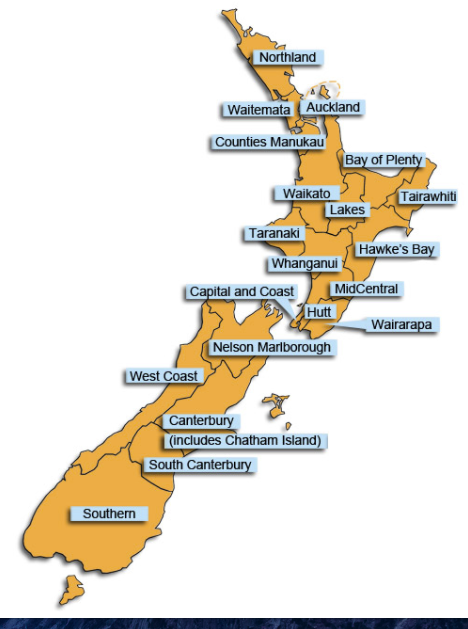
Achievement Objectives: Understand that events have causes and effects.
Big Idea: Sustainability
Learning Intentions: We are learning to (WALT)...
- identify several coastal regions globally by using google earth and maps online.
- identify various types of maps and its key features
- compare coastal regions from around the world to new Zealand in terms of the ecology, geographical landscape and weather patterns.
- identify and examine the many uses of the coast: socially/ sports/ culturally/ tourism/historically and politically
- identify and examine problems around the coastal areas eg: pollution/disrespect/development/climate change
- identify coasts of New Zealand and its many treasures eg: cultural myths and legends/ ecological treasures/ discoveries
Success Criteria: I can/have...
- Examined the social/ environmental/ economic/ cultural and historical knowledge of coast lines offer to people globally and in New Zealand
Activities:
- Create a table researching the following information: use google maps/ google earth and identify 5 coastal belts around the world, including NZ. Indicate the region with pictures and the country or island with a map. Calculate the direction these locations are from New Zealand. See images on white board on various coastal lines globally: examine the landscape and topography of each coastal area. What are the similarities and differences.
- See topographical map on the white board: You will learn on keys such as longitude/ latitude/tropic of cancer/tropic of capricon/equator/ and directions. Indicate where there are coasts with these lines of latitude. Research further what these lines are and watch short video.
Search Results
- .Calculate directions from New Zealand with countries listed on the board.
- By working in teams of 3 choose one coastal regions from around the world. With Images examine the geography of this coastal belt. Who was the first to discover this are/ country/location: the first immigrants and their lifestyle.Discover what is unique about your chosen coastal belt: it is a place for overfishing/ tourism hotspot/ sustainable protected area/. Discuss if this coastal area has changes over time due to immigration/ pollution/ development or a serous weather condition like hurricanes. What has been done to protect this area( if any).See teacher example on white board on the case of Sri Lanka and Phuket.
- What laws are in place that country to protect the oceans and coastal belt.
- Discover what treasures are found on coastal belts. These can include a traditional myth or legend as well as sea/oceanic life/elements washed onshore.
- Choose one New Zealand location: Examine the map/ images/ first immigrants here/ geography/ the many uses of the coast including sports/ tourism/ fishing/ camping. How have people exploited the coastal regions of NZ.
- Research a news paper article that shows how climate has damaged a coastal area in New Zealand. What are your toughts on this.
- Research one Maori cultural myth or legend that links with coastal areas in NZ.
Resources:
The Equator and Tropics - Important Lines of Latitude - ThoughtCo
Homework:
Write here... -
Kia ora...students. For this week you will research how we measure climate temperature/wind speed and wind direction. You will thereafter choose one weather instrument to design and create in class.Some teams will create a product that addresses the issue of problems along coastlines eg:

Achievement Objectives: Enter AO's here
Big Idea: Sustainability
Learning Intentions: We are learning to (WALT)...
- understand how to measure and read temperature/ wind speed and wind directions
- determine the instruments used to read these climatic conditions.
- design and create a weather instrument such as a wind vine or wind sock
- showcase how your instrument works
Success Criteria: I can/have...
- understanding climatic conditions using weather instruments
- creating a weather instrument that is also unique and interesting
Activities:
1) Write down the various weather instruments you know and the purpose of each tool.
2)See images on the board on weather instrumentsIdentify each one and its purpose . These include the anemometer/rain guage/thermometer and barometer.
3)See video on weather instruments and the function of each instrument. Also complete the attached worksheet.
4)Complete the cross word on weather instruments:
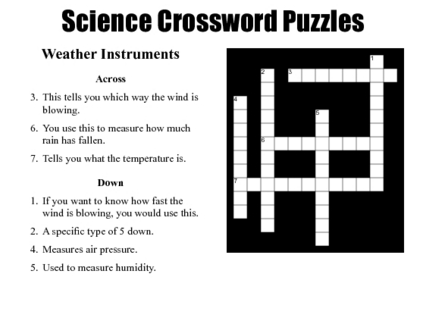
5) By working in teams of three choose one weather instrument you wish to design and create in class such as a wind sock. Let this be useful / innovative and unique in design.
Homework:
Write here...PLAN & DO / WHAKAMAHI learning intentions:
- We are PLANNING... to create sustainable outcomes for the environmental issues we learnt about so that we can have a plan to showcase to each other, that would help future generations eg the greed dot effect/ or reducing carbon foot prints through individual l action plans
- WE are planning to Go to Kelly Tarltons to see the incredible ocean.life and understand ways to protect them
- We are planning to innovate ways to have as sustainable approach for the use of oceans and shores
-
Kia ora...students. For this week you are creating an infographic ways to reduce your carbon footprint. You will also link our environmental topics we have explored.
Achievement Objectives: Enter AO's here
Big Idea: Coast Branding
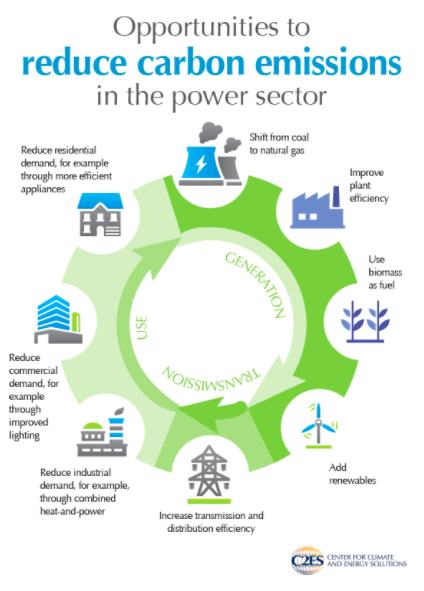
Learning Intentions: We are learning to (WALT)...
- to think of ways to reduce my carbon footprint
- Create an infographic share with the class.
Success Criteria: I can/have...
- I have understood the many problems associated with climate change/ global warming and carbon emissions and therefore will create an infographic to reduce my carbon foot print
- Activities:
- Reflecting on what is carbon footprint and the many problems associated with greenhouse emissions.
- Analysing the cartoon on carbon footprints with your views.
- Whats is meant by carbon emissions in the digital age
- Why do you think going on a vegetarian meal plan once a week can help reduce global green house emissions. Explain with reasons.
- See video on carbon footprints.
- Create an infographic on how to stop your carbon footprint and create a green dot effect. Think of ways that are realistic/ achievable/sustainable and responsible.
- Your infographic must be bold with clear diagrams that showcases the importance of reducing your carbon footprint.
- Based your learning through this term on coastlines and the problems and solutions associated here, link the ideas on environmental sustainability with that reflects the ecology of NZ coasts and your identity at MHJC.
Homework:
Write here... -
Kia ora...students. For this week you are presenting your infographic on ways to reduce your carbon footprint. You will also link our environmental topics we have explored.
Achievement Objectives: Enter AO's here
Big Idea: Coast Branding

Learning Intentions: We are learning to (WALT)...
- to think of ways to reduce my carbon footprint
- Create an infographic share with the class.
Success Criteria: I can/have...
- I have understood the many problems associated with climate change/ global warming and carbon emissions and therefore will create an infographic to reduce my carbon foot print
- Activities:
- Reflecting on what is carbon footprint and the many problems associated with greenhouse emissions.
- Analysing the cartoon on carbon footprints with your views.
- Whats is meant by carbon emissions in the digital age
- Why do you think going on a vegetarian meal plan once a week can help reduce global green house emissions. Explain with reasons.
- See video on carbon footprints.
- Create an infographic on how to stop your carbon footprint and create a green dot effect. Think of ways that are realistic/ achievable/sustainable and responsible.
- Your infographic must be bold with clear diagrams that showcases the importance of reducing your carbon footprint.
- Based your learning through this term on coastlines and the problems and solutions associated here, link the ideas on environmental sustainability with that reflects the ecology of NZ coasts and your identity at MHJC.
Homework:
Write here...PLAN & DO / WHAKAMAHI learning intentions:
- We are PLANNING... to create sustainable outcomes for the environmental issues we learnt about so that we can have a plan to showcase to each other, that would help future generations eg the greed dot effect/ or reducing carbon foot prints through individual l action plans
- WE are planning to Go to Kelly Tarltons to see the incredible ocean.life and understand ways to protect them
- We are planning to innovate ways to have as sustainable approach for the use of oceans and shores
-
) Fun Activity: we are creating an Ocean in the bottle. You will need a glass, clear water, sand, ocean decorations like fish/ sea weed shells and blue food colouring. Aim is to create a model that shows pristine beauty of oceans and the way it should look like- pollution free.
Follow instructions in link below:
Ocean in a Bottle : 5 Steps (with Pictures) - Instructables
See videos to support you:
Jan 8, 2016 - Uploaded by Dream GemThis miniature bottle charm is based off a children's science experiment that creates an ocean in a bottle just ...May 13, 2016 - Uploaded by What Do We Do All Day?How to make an ocean in a bottle. Fun science activity and sensory project for kids.Reflections and Introduction to term 2 Context.

REFLECT / WHAIWHAKAARO learning intentions:
- We are REFLECTING...on current actions taken to protect marine life, ocean quality and shores lines in NeW Zealand and evaluate how realistic or practical these are.
- We are reflecting on finding barriers in our learning so that these can be addressed for our future n ideas
- We are reflecting on Challenging localised leaders to make a difference to our local beaches eg community beach clean
-
Kia Ora...students and welcome to term 3. I hope you all had a restful winter holiday and are now ready for learning.Our Context is Relationship with links to the UN Sustainable Goals. In particular we will be focusing on Goal 1: No Poverty and Goal 2: Zero Hunger. This is a project based idea, which means that you would have to work in teams to conduct research and present your work.
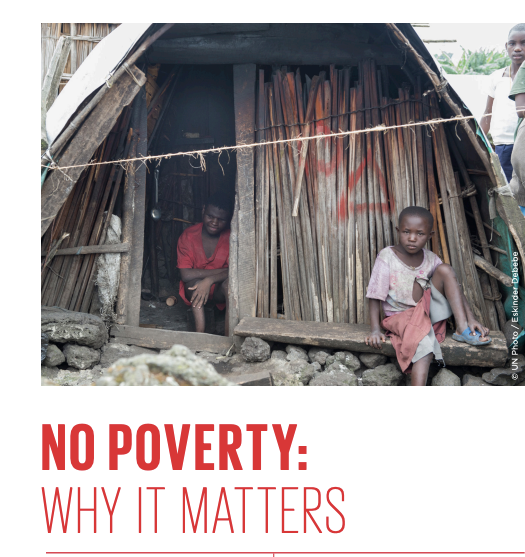
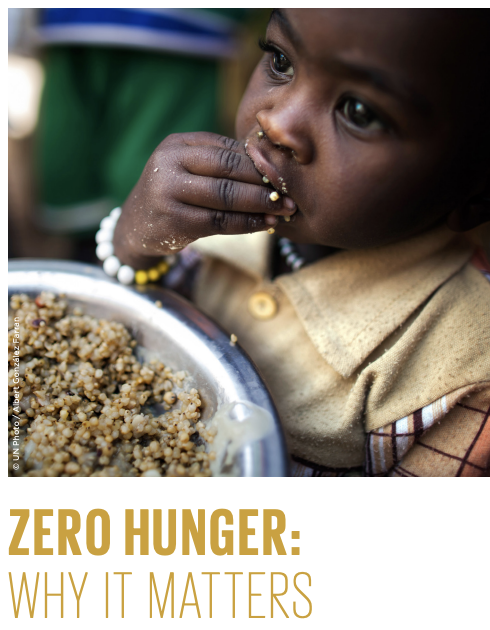
Success Criteria: I can/have...
- Understood who is the United Nations and UNESCO
- Understood what No Poverty and Zero Hunger Means
- Created a word bank that links with these goals
- Researched poverty maps from around the world an d understand the need to for these goals to be actioned
Activities:
- Have look at the 17 UN Sustainable Goals on the white board as well as listen carefully to the video below:
- Who is the United Nations. and UNESCO. Discover the logo, aims, and purpose and how they aim to support humanity.
- Research what is meant b y No Poverty and Zero hunger, with links to the Sustainable goals. Do you think that these 2 social issues are necessary to solve on earth? Is this achievable? Explain your views?
- By using coggle.com, create a mindmap on various words that link with the 2 UN Goals. Eg: poverty, malnutrition, starvation, dehydration, unemployment, famine, droughts, low cost housing, rural, cities, governments, law, community support, self help, Non government organisations.
- Let us review Goal 1 in Detail: No Poverty. Watch the video and take notes using the note taking graphic organiser.
Showing results for UN sustainable goals No Poverty Search instead for UN sustaianlbe goals No Poverty Sustainable Development Goal 1 - No Poverty - Jinki Trevillian 14K views2 years agoDr Jinki Trevillian from the Centre for Social Impact, UNSW, breaks down some of the key challenges behind the UN's Sustainable ... 
Kia ora...students and welcome to week 2. For this week you will learn about the research process and as part of a team choose a topic for your project. This involves team work.
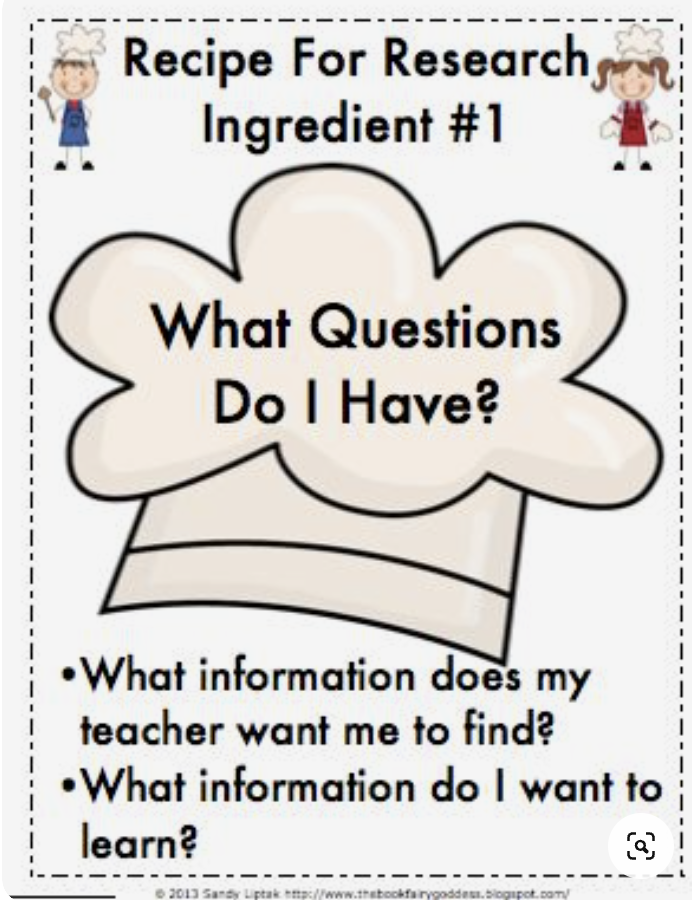
Success Criteria: I can/have...
- Understood what is a Social Enquiry
- Understood steps in the research process
- Combined as a team of 3 and chosen a topic
- Started to read and collect resources for my topic.
- Created a Log book to document my role in the team
Activities:
- By examining the images, I will explain to you what is meant by Social Inquiry Model:

2) Read and understand what are the steps to the research process. Each step requires you to think, ask questions, brainstorm and planning.
3) You are to work in
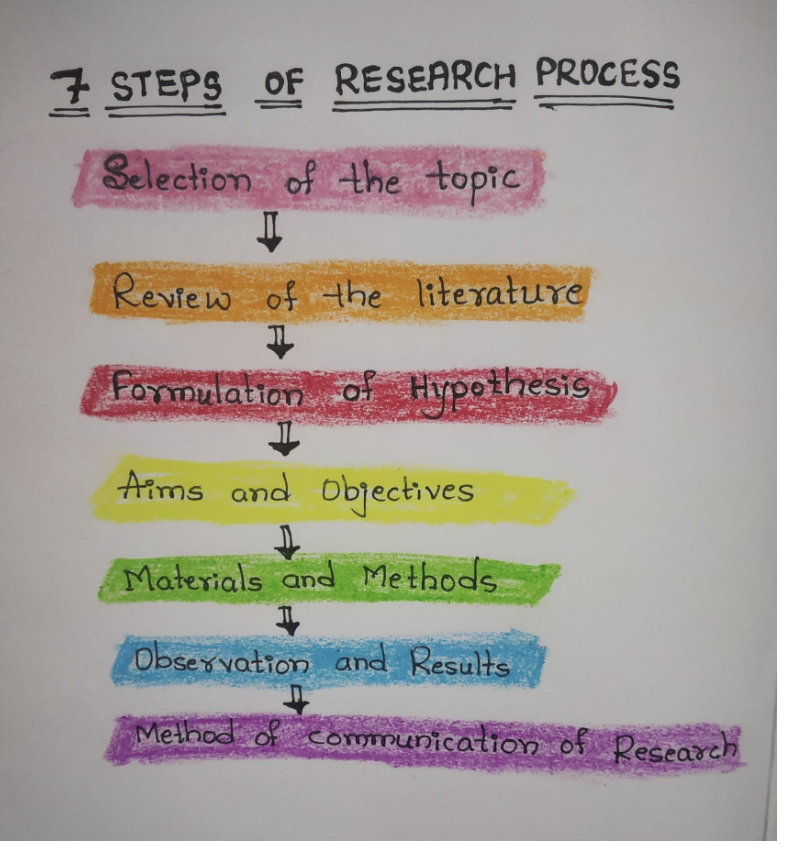
3) You are to work in teams of 3 and choose a topic that links with No Poverty and Zero Hunger: You may choose ideas from the list below: Poverty amongst children in New Zealand, The impact of poverty on people living in India/ or South Africa or Brazil or China.
4) Your first step is to use the graphic organiser below to supporting you with the brainstorm of ideas: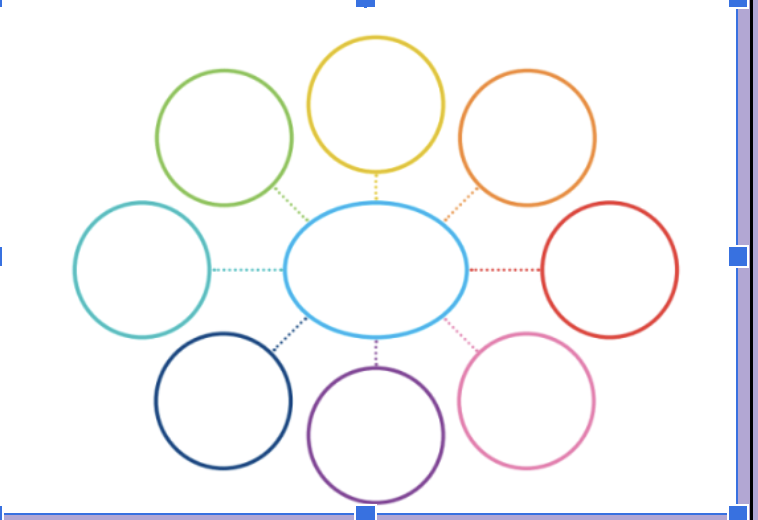
5) Ask import questions:

6) Start reading and collecting resources connected to your topic. You may a graphic organiser to compare and contrast resources you use.At this stage you need at least 6 different types of resources that include articles, newspaper articles, images, you-tube documentary, poster etc. Venn diagram looks like this:

5) Start to read and make notes or a summary of your key ideas.. Use a graphic organisor to support you:

Homework:
Write here..
Success Criteria: I can/have...
Activities:
identify population dymanics and locations where poverty is most predominant in New Zealand * determine 3 reasons for poverty and limited access of food amongst children/youTH *understand the impacts and consequences this has on them. Think of social/economic and health issues *evaluate statistics that show the impacts of poverty and draw comparisons elsewhere in the world. Choose at least two data to analyse. *to determine what laws and policies are in place to support kiwi children struggling with this issue. What do you think of these laws? Are these practised at grassroot levels *research various NGOS that support Kiwi kids in need: Examples include: KIDSCAN *determine and think of future action of "what can I do to support this cause"( solutions and recommendations with action) Continue your research using this template: Homework:Kia ora...students and welcome to week 3. For this week you need to read and understand the templet you must follow to conduct your research and begin the write up.
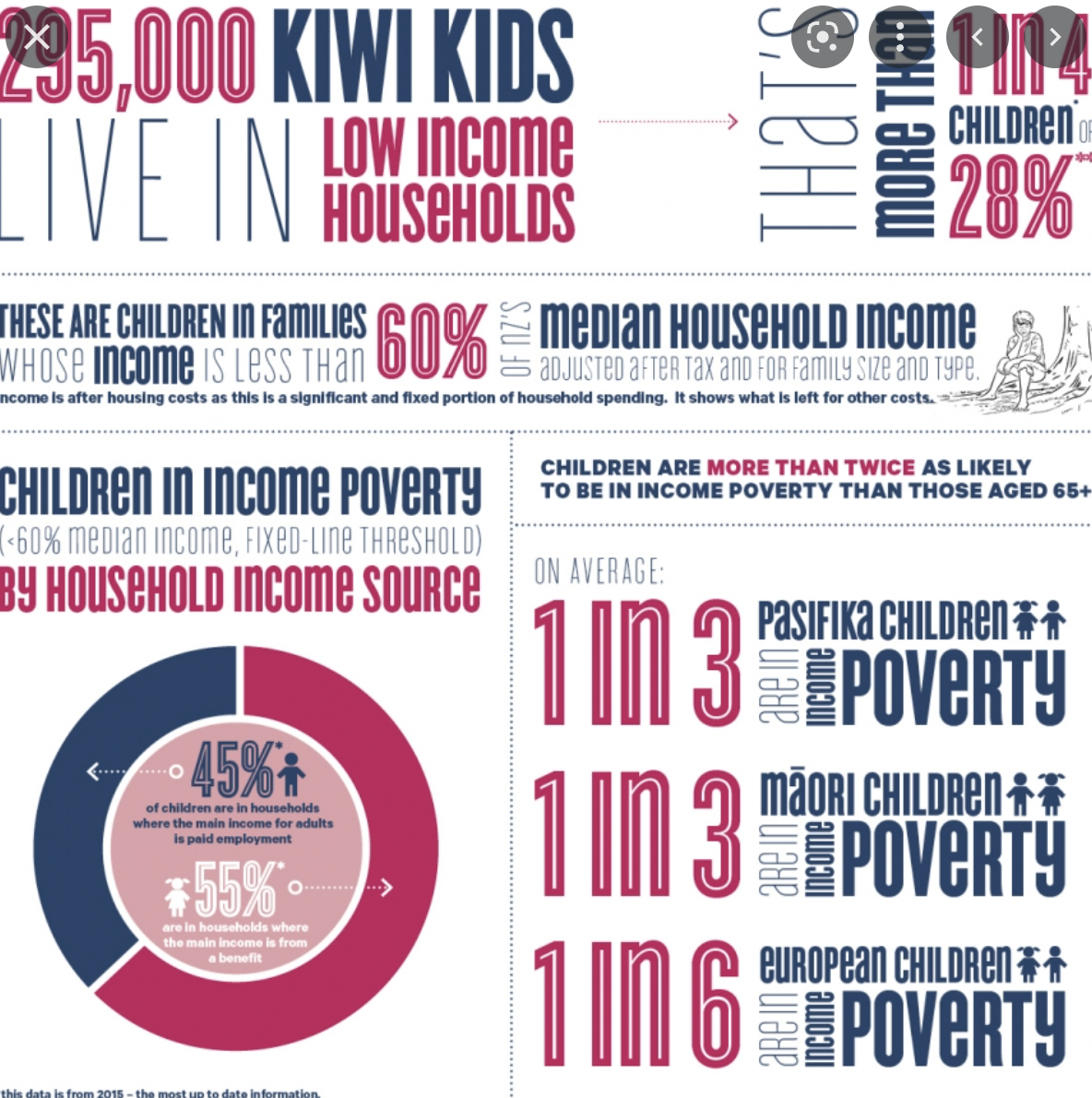

Write here...
Kia ora...Students and welcome to week 4. For this week your focus is on your research and writing based on your project title. However, I will will firstly deliver a lesson on how poverty links with other soCIAL issues amongst the youth in NZ. Ideas include Poverty linked to crime, bullying, gangsterism and alcoholism. It is important for you to understand that poverty is not only about not having access to basic needs but also influences people or children to be involved with social problems.
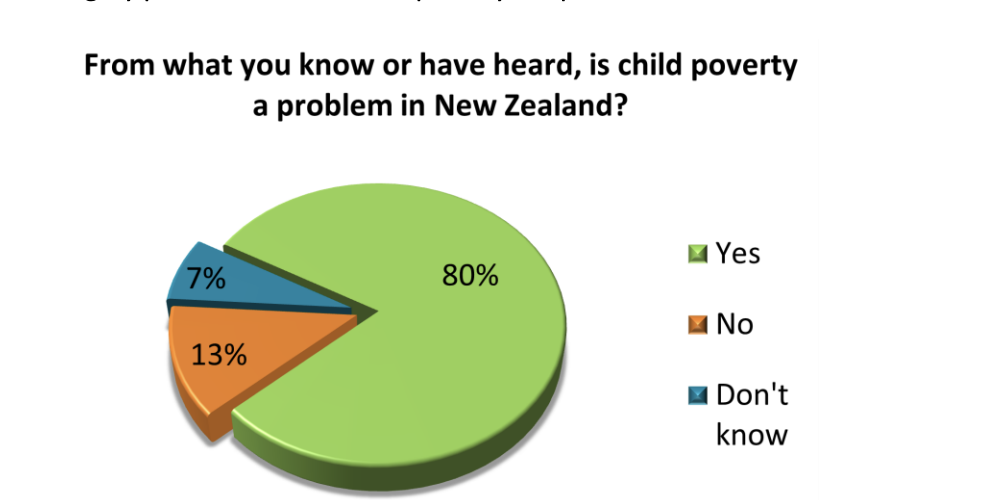
Success Criteria: I can/have...
- I have understood that there is a link with poverty and social problems amongst the youth
Activities:
- Choose one idea that youth in NZ struggle with eg; bullying/ peer pressure/drug and alcoholism/ crime/ child neglect. You may use an infographic or powerpoint to create your research.Listen to the teacher example on alcoholism and poverty amongst the youth in NZ.
- By working in groups of 4 conduct a brief research that shows the reasons for your chosen problem.
- Discuss the may impacts this may have onto the child and their families.
- See video on white board on bullying. What are your thoughts?
- Examine cartoon on white board on peer pressure what are your views here.
- Think of what organisations exists in NZ to support these youth at risk. Indicate the aim and objectives of the organisation/ thier logo/ contact details.
- show graphs on your chosen issue and discuss what the graph means.
- How is this problem similar to another country. Explain with images and information.
9) NEXT:Focus on your research and writing for your project:

Homework:
Write here...
Kia ora...students and welcome to week 6. For this week we will be looking at poverty in a developing countries like India. and Sudan We will also examine what are the core similarities and differences to poverty in NZ.
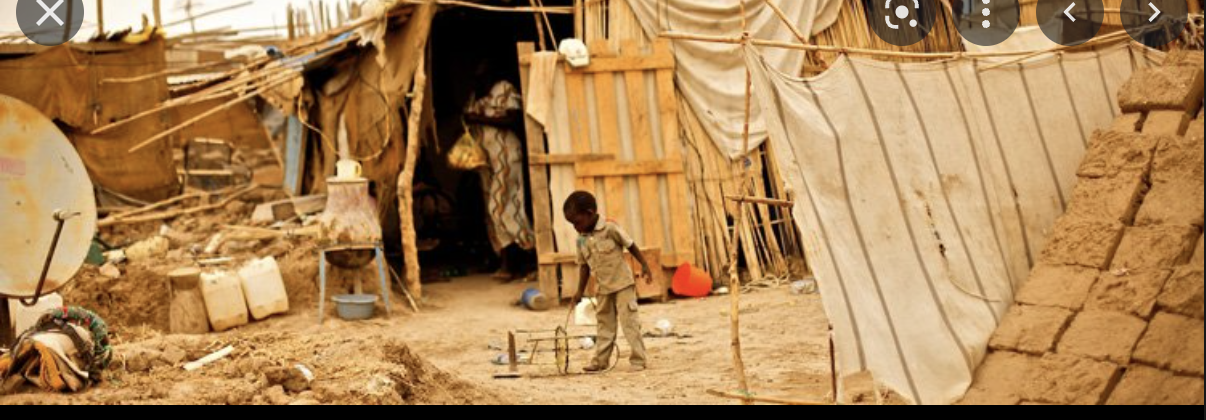
Success Criteria: I can/have...
- Researched and understood that poverty is a global issue and in the case of India and Sudan, it is extreme poverty
- Compare and contrast that poverty in India and Sudan differs greatly to poverty in New Zealand
Activities:
- Listen to teachers explanation on poverty in Sudan and India. See map of the world to discover where are these two countries.
- Describe the characteristics of India and Sudan eg high unemployment rates. Use the venn diagram to support your ideas.

- See the 2 videos on Indias and Sudans poverty: and make notes on the causes for poverty here as well as the impacts:76K views7 years ago
Al Jazeera English The United Nations says that one third of the world's extreme poor - people who earn less than $1 a day - live in India. - Write notes on possible impacts and consequences as a result of this extreme poverty. Think of malnutrition, lack of education, access to medical supplies, ect
- How does this compare with poverty in New Zealand. Explain.
- Focus on your write up:
Homework:
Write here...
Kia ora...students and welcome to week 6. This is your assessment week and you are expected to complete the research and write up aspect of your project.

Success Criteria: I can/have...
- I have completed the research and write up of my project
- I have edited my work
- I have practiced with my team how to present our ideas to the class.
- I am prepared for feedback and will take note of how to improve where I have found work challenging.
- I have a detailed log book to show my teacher
Activities:
- You must read instructions below and finalise your research:



Homework:
Write here...
Kia ora...students. From this week you will be involved with the planning and doing aspect of your work. This means that you need to take action for the concerns you have about Poverty in New Zealand or elsewhere in the world. Taking action means making a difference to an individual , a group of people or a community at large.

Success Criteria: I can/have...
- I have brainstormed ideas with my team, as to how to make a difference eg photographic exhibition/ letter to local government/ food drive, etc.
- I have created a log book to delegate who will achieve what aspect for this idea
- As a team we have designed a poster to promote our idea
- Connected with the community through surveys, or emails, or phone class, calling for support eg food donations
- I have implemented my action as an agent of change.
Activities: You are focused on the highlighted points this week:
- See video what is an agent of change:
- In your team you need to brainstorm ways in which you want to make a difference, by been an agent of change. This is be practical idea and you must be mindful of ethics applied to your project: eg not disclosing who( which demographic or individuals) is poor by rather donating to an organisation like Auckland City Mission or contributing to our school's breakfast club.
- Think of what idea you would like to implement to support your chosen organisation. eg Food Can Drive, PJS for Middlemore hospital, blankets for refugees, ect.
- Create and action plan: who is going to achieve what and by when. Also how you are reaching you to Coast whanau and our local community for support.
- Sort out and organise your items.
- Prepare a " reaching out letter to the organisation you wish to help.See exemplar on the white board.
- Deliver your idea.
- See video on World Vision and Kids Can
Homework:
Write here...
Kia ora...students. From this week you will be involved with the planning and doing aspect of your work. This means that you need to take action for the concerns you have about Poverty in New Zealand or elsewhere in the world. Taking action means making a difference to an individual , a group of people or a community at large.

Success Criteria: I can/have...
- I have brainstormed ideas with my team, as to how to make a difference eg photographic exhibition/ letter to local government/ food drive, etc.
- I have created a log book to delegate who will achieve what aspect for this idea
- As a team we have designed a poster to promote our idea
- Connected with the community through surveys, or emails, or phone class, calling for support eg food donations
- I have implemented my action as an agent of change.
Activities: You are focused on the highlighted points this week:
- See video what is an agent of change:
- In your team you need to brainstorm ways in which you want to make a difference, by been an agent of change. This is be practical idea and you must be mindful of ethics applied to your project: eg not disclosing who( which demographic or individuals) is poor by rather donating to an organisation like Auckland City Mission or contributing to our school's breakfast club.
- Think of what idea you would like to implement to support your chosen organisation. eg Food Can Drive, PJS for Middlemore hospital, blankets for refugees, ect.
- Create and action plan: who is going to achieve what and by when. Also how you are reaching you to Coast whanau and our local community for support.
- Sort out and organise your items.
- Prepare a " reaching out letter to the organisation you wish to help.See exemplar on the white board.
- Deliver your idea.
Kia ora...students. From this week you will be involved with the planning and doing aspect of your work. This means that you need to take action for the concerns you have about Poverty in New Zealand or elsewhere in the world. Taking action means making a difference to an individual , a group of people or a community at large.You are now delivering you idea .

Success Criteria: I can/have...
- I have brainstormed ideas with my team, as to how to make a difference eg photographic exhibition/ letter to local government/ food drive, etc.
- I have created a log book to delegate who will achieve what aspect for this idea
- As a team we have designed a poster to promote our idea
- Connected with the community through surveys, or emails, or phone class, calling for support eg food donations
- I have implemented my action as an agent of change.
Activities: You are focused on the highlighted points this week:
- See video what is an agent of change:
- In your team you need to brainstorm ways in which you want to make a difference, by been an agent of change. This is be practical idea and you must be mindful of ethics applied to your project: eg not disclosing who( which demographic or individuals) is poor by rather donating to an organisation like Auckland City Mission or contributing to our school's breakfast club.
- Think of what idea you would like to implement to support your chosen organisation. eg Food Can Drive, PJS for Middlemore hospital, blankets for refugees, ect.
- Create and action plan: who is going to achieve what and by when. Also how you are reaching you to Coast whanau and our local community for support.
- Sort out and organise your items.
- Prepare a " reaching out letter to the organisation you wish to help.See exemplar on the white board.
- Deliver your idea.
Reflections of out terms context and project work through reflection cycle and PMI model.


Kia ora...students and welcome to term 4.I hope you had a wonderful spring holiday and you are e ready for your learning. For this week we will completion our social action, ie collection of food cans for Auckland City Mission as well as blankets for SPCA. We will celebrate our achievements during FFR, week 4, by inviting these organisations to collect all items raised. Volunteers to take part in a special program for this event must sign up with me, please.
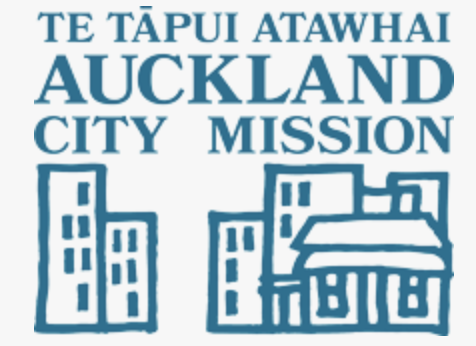

Success Criteria: I can/have...
- I have continued to promote the raising of cans or blankets in Forest Whanau.
- I have counted and placed these items in a beautifully designed gift boxes
- I have contacted SPCA and Auckland City Mission and informed/ invited them to attend our special event
- We have written thank you letters to members of staff and organisations that have supported us
Activities:
- As a team, discuss where you are at with your goals, and thereafter proceed to promote awareness about your cause and collect items to support the orgaNISATION you have chosen, ie SPCAS and Auckland City Mission.
- Begin to create beautifully designed boxes for the organisations to receive.
- Count and sort out items ie throw away expired cans and fold blankets.
- Using Canva, com to write your thank you letters eg to Miss Kindley, to show gratitude about sharing your ideas with Forest whanau and having the Can Drive actioned here.
- Print letters, and will be delivered top respective staff with a token of thanks eg a chocolate.
- See video on Auckland city Mission and SPCA. Your views about how your support will make a difference
Write here...
Kia ora...students and welcome to week 2. We will begin our context for this wee which is Celebrations. With this idea you will explore and focus on celebrations occur during the calendar year , each day, that has global significance to cultures and nations. Some teams will also examine celebrations from the past and how they compare with modern day ideas.

Success Criteria: I can/have...
- Identified the meaning and significance of celebrations and given examples
- Provided ways in which my whanua, school and community celebrate festival and events
- Researched the social and economic value celebrations may bring to communities and nations
Activities:
- By using word hippp.com find the meaning of celebrations. Explain this meaning using examples related to you.
- Create a word bank ( with images)that link with celebrations eg events, festivals, joy, togetherness, identity, hope, food, dance art, music, etc.
- Why is it necessary for individuals, families and nations to celebrate an event. Discuss this with an example eg: Auckland Anniversary Day, Weddings and birthdays.
- See video on celebrations in New Zealand , . Your views on the cultural diversity that is celebrated in New Zealand. Why is this important?
- Discuss ways in which an important event can be of cultural importance, economic importance and socially connect people. The example used in class in Rugby World Cup. In your groups, discuss your own example and share with the class.
- Using Canva.com, create an invitaTion to the celebration you have identified in Q5.
Homework:
Write here...
Kia ora...Students. From this week you will work as a group where you will explore cultures and their celebrations from around the world and draw comparisons to Egyptian and Maori Cultures.The focus will be on traditions like tattoos, mummification, beatification as well as celebrations such as weddings, festivals and rituals
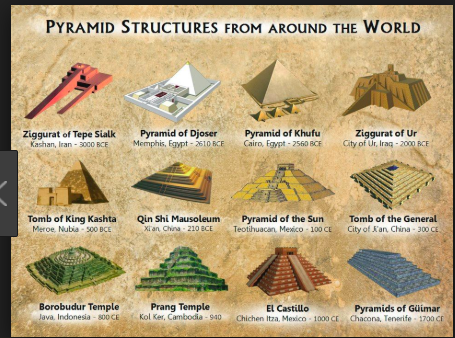
Achievement Objectives: Enter AO's here
Context: Celebrations
Learning Intentions: We are learning to (WALT)...
- research a new ancient civilisation and examine how they lived whereby they celebrated life through festivals, and events
- Compare how this is similar or different to Ancient Egypt and Maori cultures
- document your ideas through a visual.
Success Criteria:
I have created a visual ( poster/ infographic or slideshow) based on how cultures from Ancient Eras have similarities and differences to Ancient Egypt and mOARI cultures
Activities:
- See video on ancient cultures from around the world
- Lets create a mind-map on vocabulary from the past such as : cultural identity/ traditions/ heritage/ ceremonies and image
- Refer to the image on white board on Ancient civilisations.Choose one culture for an example ancient Greece/ Indonesia/ China or India and research the following: Location, important ancient landmarks, cultural identity( clothing/ image/ religion) traditional practices eg marriages/ birth/ and what ceremonies to bodies when people pass on. Show art forms on their body eg: tattoos/ henna/ clay design. Compare at least two these with Ancient Egyptians and Maori Cultures.
- Take one celebrations from the ancient culture and research in detail the meaning and practice . Do you think this has changed today, in modern society and how?
- Create a visual to showcase all your ideas.
- Present to the class during week 8.
Homework
Resources:
The civilization of the ancient Greeks - TimeMaps
Ancient Greece - History, mythology, art, war, culture, society, and ...
Kia ora...Students. From this week you will work as a group where you will explore cultures and their celebrations from around the world and draw comparisons to Egyptian and Maori Cultures.The focus will be on traditions like tattoos, mummification, beatification as well as celebrations such as weddings, festivals and rituals
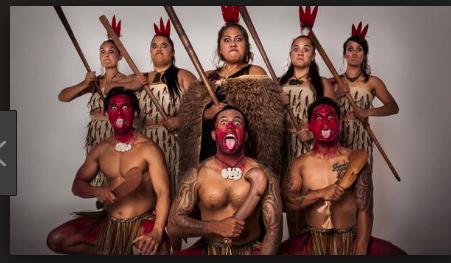
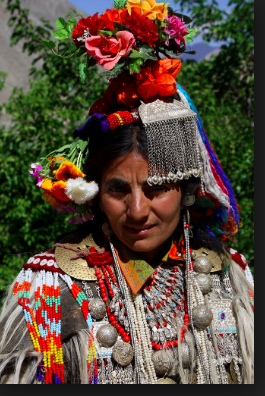
Achievement Objectives: Enter AO's here
Context: Celebrations
Learning Intentions: We are learning to (WALT)...
- research a new ancient civilisation and examine how they lived whereby they celebrated life through festivals, and events
- Compare how this is similar or different to Ancient Egypt and Maori cultures
- document your ideas through a visual.
Success Criteria:
I have created a visual ( poster/ infographic or slideshow) based on how cultures from Ancient Eras have similarities and differences to Ancient Egypt and mOARI cultures
Activities:
- See video on ancient cultures from around the world
- Lets create a mind-map on vocabulary from the past such as : cultural identity/ traditions/ heritage/ ceremonies and image
- Refer to the image on white board on Ancient civilisations.Choose one culture for an example ancient Greece/ Indonesia/ China or India and research the following: Location, important ancient landmarks, cultural identity( clothing/ image/ religion) traditional practices eg marriages/ birth/ and what ceremonies to bodies when people pass on. Show art forms on their body eg: tattoos/ henna/ clay design. Compare at least two these with Ancient Egyptians and Maori Cultures.
- Take one celebrations from the ancient culture and research in detail the meaning and practice . Do you think this has changed today, in modern society and how?
- See video:
- Create a visual to showcase all your ideas.
- Present to the class during week 4
Homework
Resources:
The civilization of the ancient Greeks - TimeMaps
Ancient Greece - History, mythology, art, war, culture, society, and ...
Kia ora: Students and welcome to week 4. For Our Context Celebrations We will examine how various cultures from around the world practice celebrations. With this, we will draw comparisons to New Zealand and explore if the similar cultural groups have changed and modified their cultural traditions as well examine reasons for these changes.
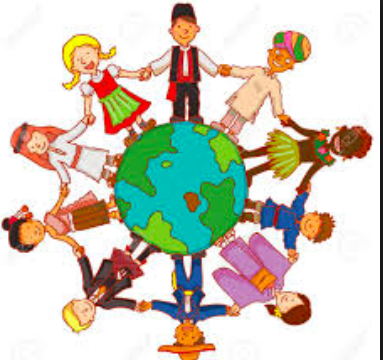
Achievement Objectives: Understand how cultural interaction impacts on cultures and societies.
Learning Intentions: To understand key concepts and terminology linked with culture and celebrations
To explore a world map and identity the various national and cultural celebrations practiced.
Success Criteria: I have understood the various key concepts and definitions linked to Culture and Celebrations
I have identified numerous cultures and nationalities and the types of national and cultural celebrations practiced.
Activities:
1) By using coggle, write down as many words/ ideas and concepts you think that link with culture and celebrations. Eg: traditions, generational knowledge, valued, heritage, ceremonies. We will also explore definitions to new words we discover.
2) By looking at the images below guess what celebrations are practiced and by which culture.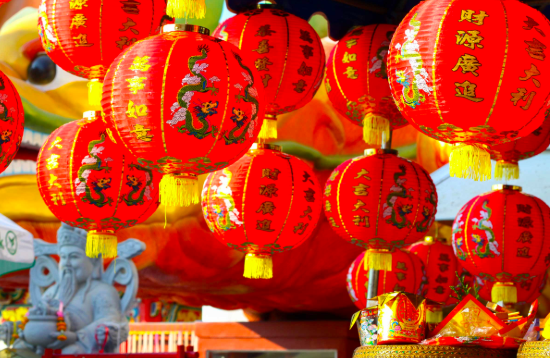

2) By referring to the wold map, as a table group identify at least 5 countries that celebrate various traditional ceremonies or national celebrations eg Waitangi Day in New Zealand. We will thereafter share this list of ideas in the class to have a global over view of various celebrations.
3) Watch this video and answer the following questions:
Why is this important in Untied Staes of America? How do people celebrate? Does the meaning and significance of this celebration echo what its stands for in reality ? Explain your answer.
Think of your own cultural background and write a paragraph about the importance of celebrating cultural traditions and performances. Give a few examples.
Homework:
Resources:
Celebration dictionary definition | celebration defined - YourDictionary
Kia ora students .For this week we will explore cultures celebrations from around the world, researching in detail the history and traditional practices, and significance of these celebrations.The teaching example will include Cherry Blossom Festival in Japan.

Achievement Objectives: Understand how cultural interaction impacts on cultures and societies.
Big Idea: Our Place: Culture and Celebrations
Learning Intentions: We are learning to (WALT)...
- research one country that holds a celebration that is of national or cultural significance eg: Rio Carnival in Brazil.
- examine the history, traditional practices and significance of this celebration.
- explore how it is promoted as a tourism event( if any) and may reach global interest.
Success Criteria: I can/have...
- researched and examine the history, significance and traditional practices of your chosen celebration.
Activities:
1.Watch the video on Cherry Blossom Festival in Japan. Listen to the history, reasons , significance of this event in Japan. Has this idea spread globally to other parts of the world. Explain your answer.
- 3. Create a visual on the ideas shown in class about the Cherry Blossom Festival: This can be in the form of an infographic showing Location, history, meaning, cultural importance, traditional practice and how has this spread globally.
- In teams of 4, choose you own country and explore the similar ideas on location, history, meaning, significance, traditional practice, and has this tradition travelled elsewhere in the world.EgL Holi in India, Thai New Year, Lantern Festival Taiwan.
- Present your findings as a slideshow.
- Explain why are celebrations important. How do we preserve our cultural celebrations.
Homework:
Resources:
5 Reasons Why it's Important to Commemorate Special Occasions ...
Write here...
Creating a Celebratory card.










